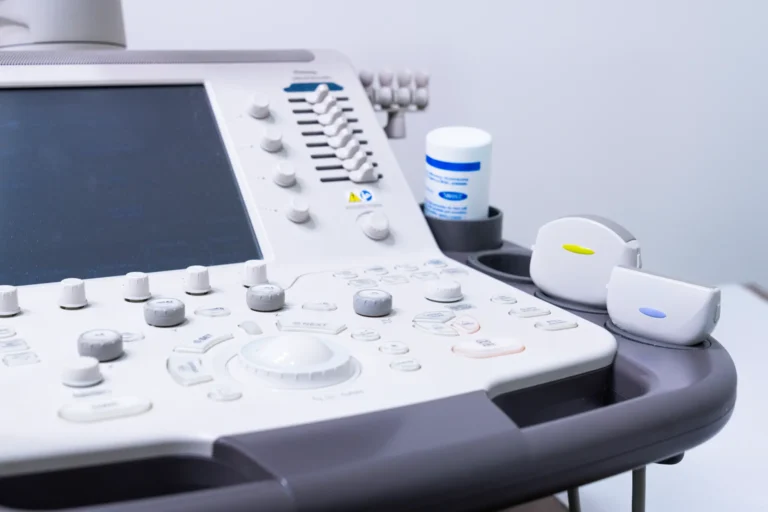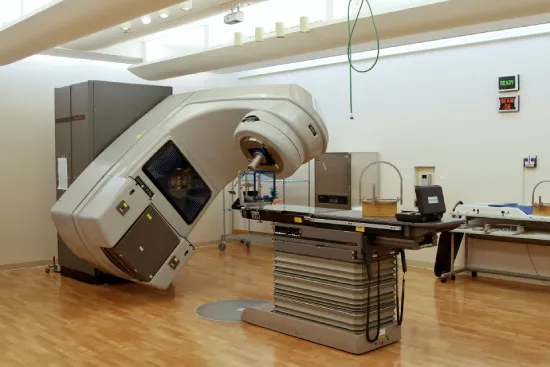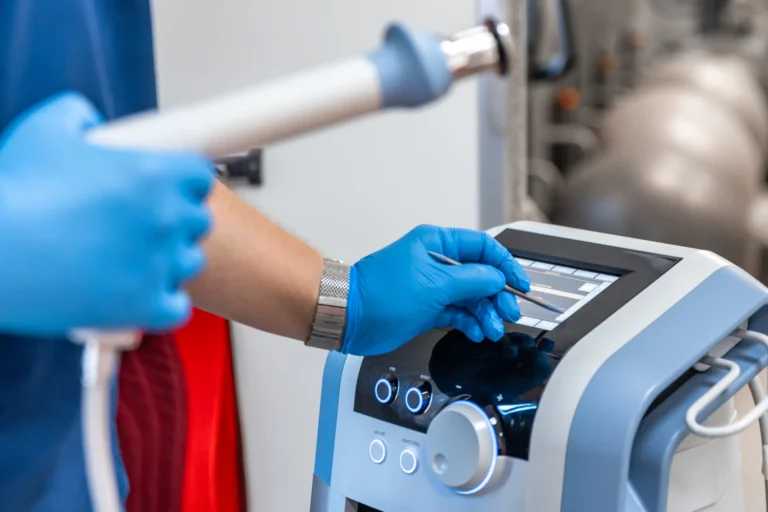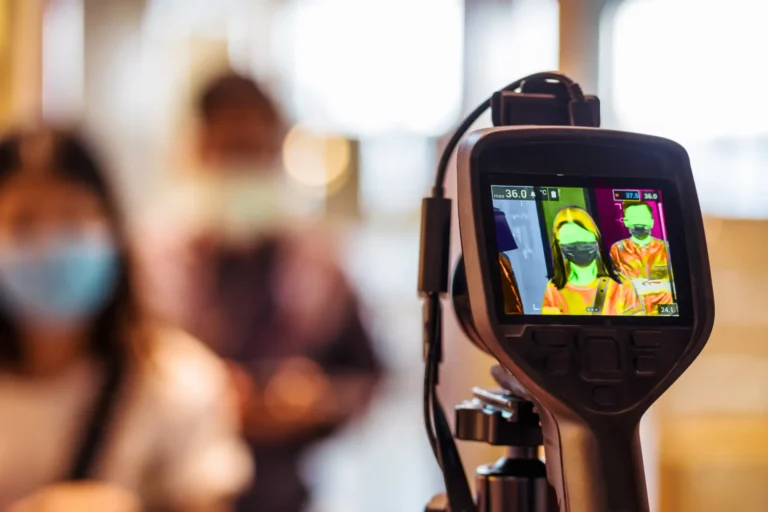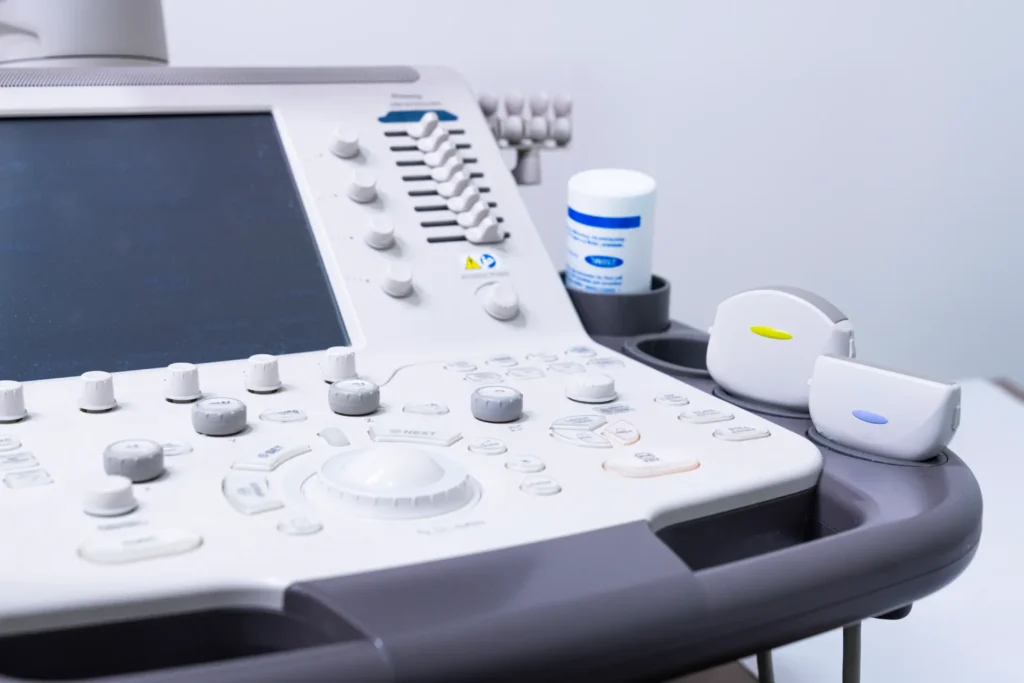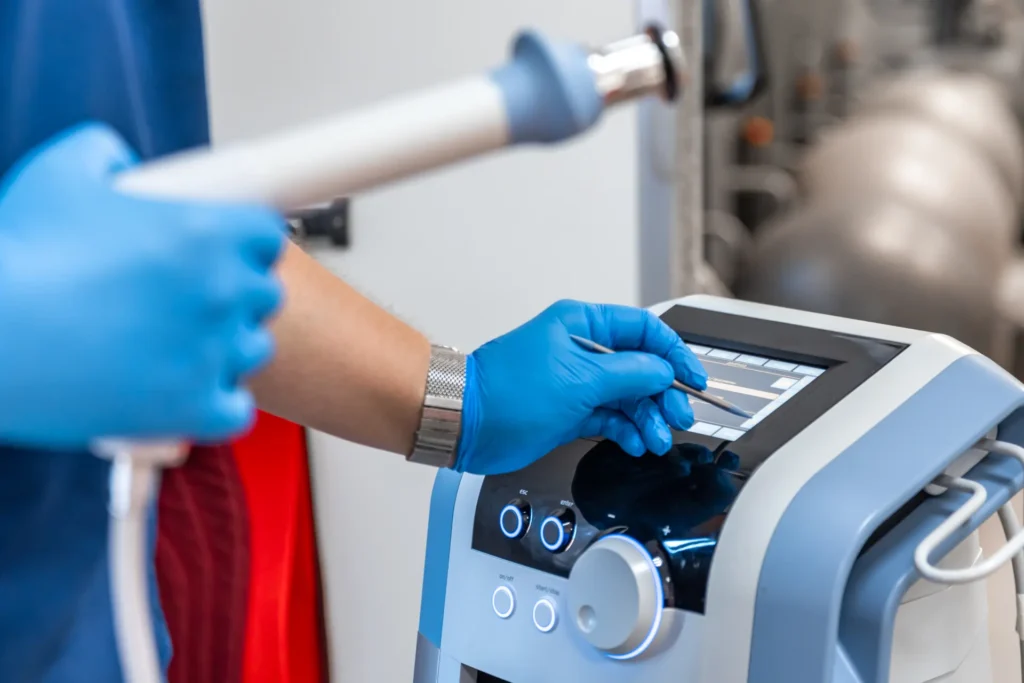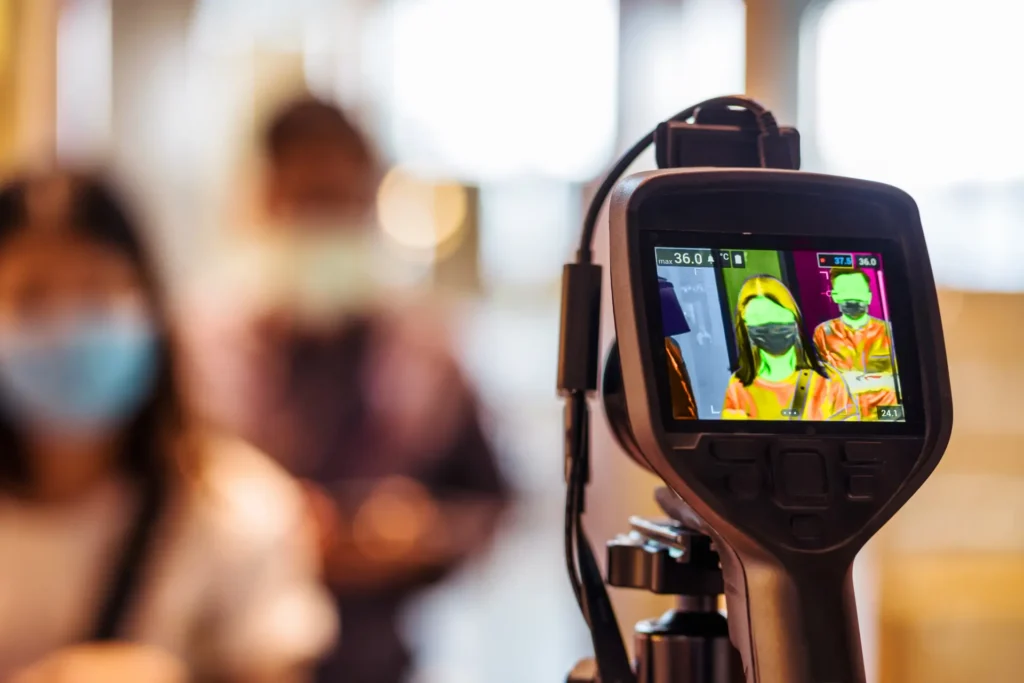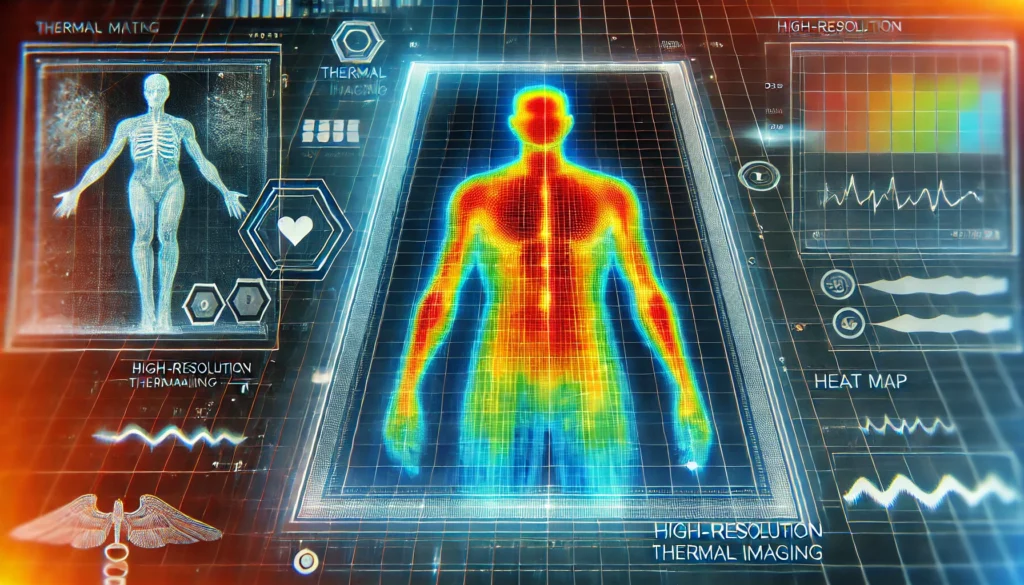In a world of technology, it is very easy to impress people with technical jargon and either persuade them towards the technology you are trying to sell them, or away from a competitor. With the issue of drift factor, this has been such the case with a couple of the medical thermography systems out there.
As President of the non-profit organization, The Professional Academy of Clinical Thermology (PACT), it is my duty to filter through some of the common misconceptions.
In this article I will address drift factor. As a physician I do not declare to be a thermal physicist, therefore, I have consulted with thermal professionals to provide the answers.
According to Gary Strahan (ASNT Level 3 Thermographer), all non-cooled cameras tend to drift as the sensor (microbolometer) is not cooled by liquid Nitrogen or Helium Gas Filled Schottky Barrier Closed Cycle Coolers. The thermal cameras that are used today in the medical world for the most part are non-cooled cameras and will drift. The 1st Microbolometers were TE Cooled. TE Coolers are also called Peltier Devices and are more of a temperature stabilizer than a cooler. Most microbolometers today have no Stabilizer (TE Cooler) as manufactures realized they used more power and while they cool they also heat. They are actually better heaters than coolers.
The original infrared thermal cameras were cooled by liquid nitrogen and did not drift like the microbolometer cameras of today. There are actually a few people out there still using this old technology and have not updated their systems, nor are they able to calibrate them annually as required by PACT guidelines.
Strahan states there are several sales people as well as physicians that are parroting information they heard from non-camera manufacturers and physicists in the past. There are only a handful of companies that manufacture FDA Cleared Medical Devices. Most companies that sell the systems are not manufacturing or calibrating them.
Strahan states, “Microbolometer based cameras can drift easier than Cooled cameras because the sensor is not cooled. It is for this reason we have sensors in the FPA, Lens, Camera body etc. in order to eliminate drift or inaccuracy. This is built into every ICI camera and any and all are welcome to come to the ICI Lab and see their system calibrated. It is the reason we have both Fixed walk in Environmental Chambers where we cycle Room temperatures up and down while the camera system, blackbodies and calibration software are running.”
I personally toured the chamber and the Beaumont facility and had the feeling I was at NASA with the technology I saw.
Strahan further commented that ICI cameras have NUC [non-uniformity correction] Flags and sensors built into them to compensate for drift.
I personally have owned an ICI camera for 12 years now and see the image quality difference when the Image Touch-up (NUC) is executed.
After investigating the issue I found there are complete lies on some of the websites regarding drift factor. The FDA requires the manufacturers to be forthright and be able to back up the specifications they put on their websites. I found this dishonesty to be misleading, not only regarding drift factor, but in the accuracy statements of their cameras.
When I asked Strahan to elaborate on the ICI sensors he further commented, “Our sensors are sensitive to .002C. Our FPA, Lens and Other Cameras RTD’s (Resistive Type Devices) (Platinum Thermocouples) control drift through a 12 Coefficient mathematical formula. The NUC Flag built in to almost all Microbolometer based cameras continually loads into the system firmware and software as the environment changes. The cameras are calibrated in a cycled, walk in environmental chamber that is heated and cooled over hours or days. I suggest doing a side by side comparison of accuracy to the [other company] Cameras.”
The real questions to ask here are do the other cameras live up to this standard? Do they annually calibrate their cameras? Do they use temperature sensors? Where is the test data on their claims of accuracy?
For 12 years at my post as President of PACT, I have heard physicists’ and sales people from legitimate companies say [other company] is deceptive and scientifically inept. In conclusion I say be careful of what you read and what is reiterated by many that may appear to be truth.


